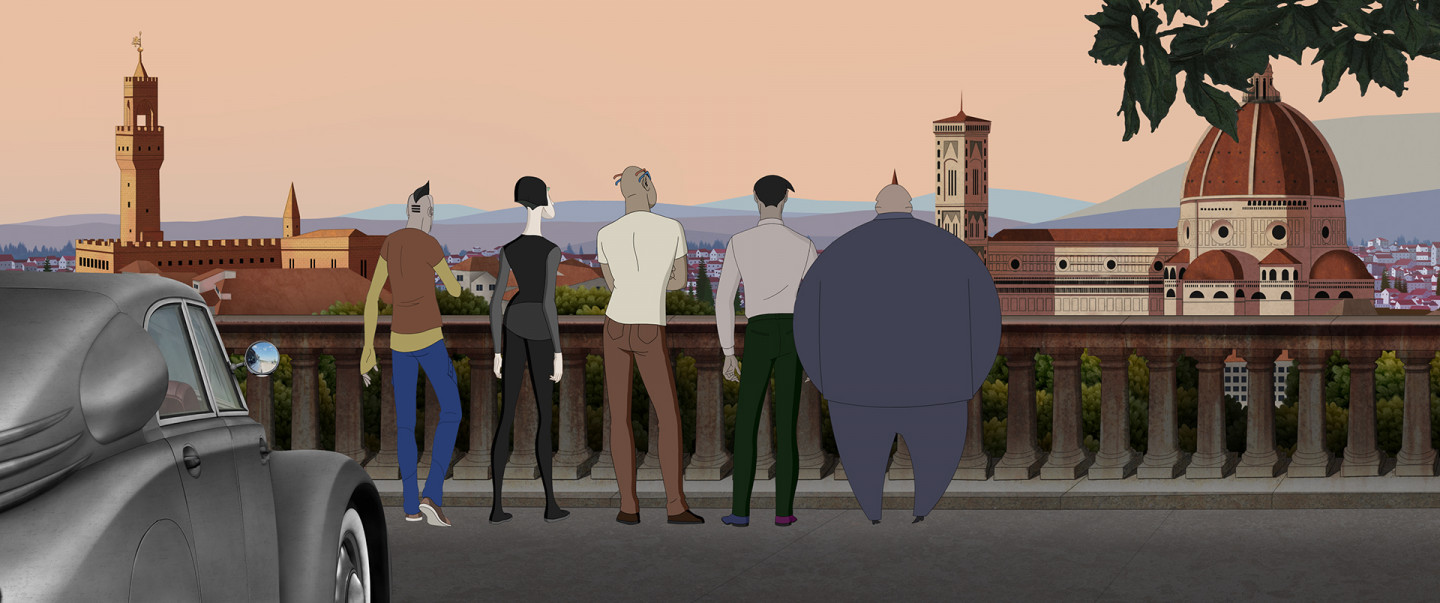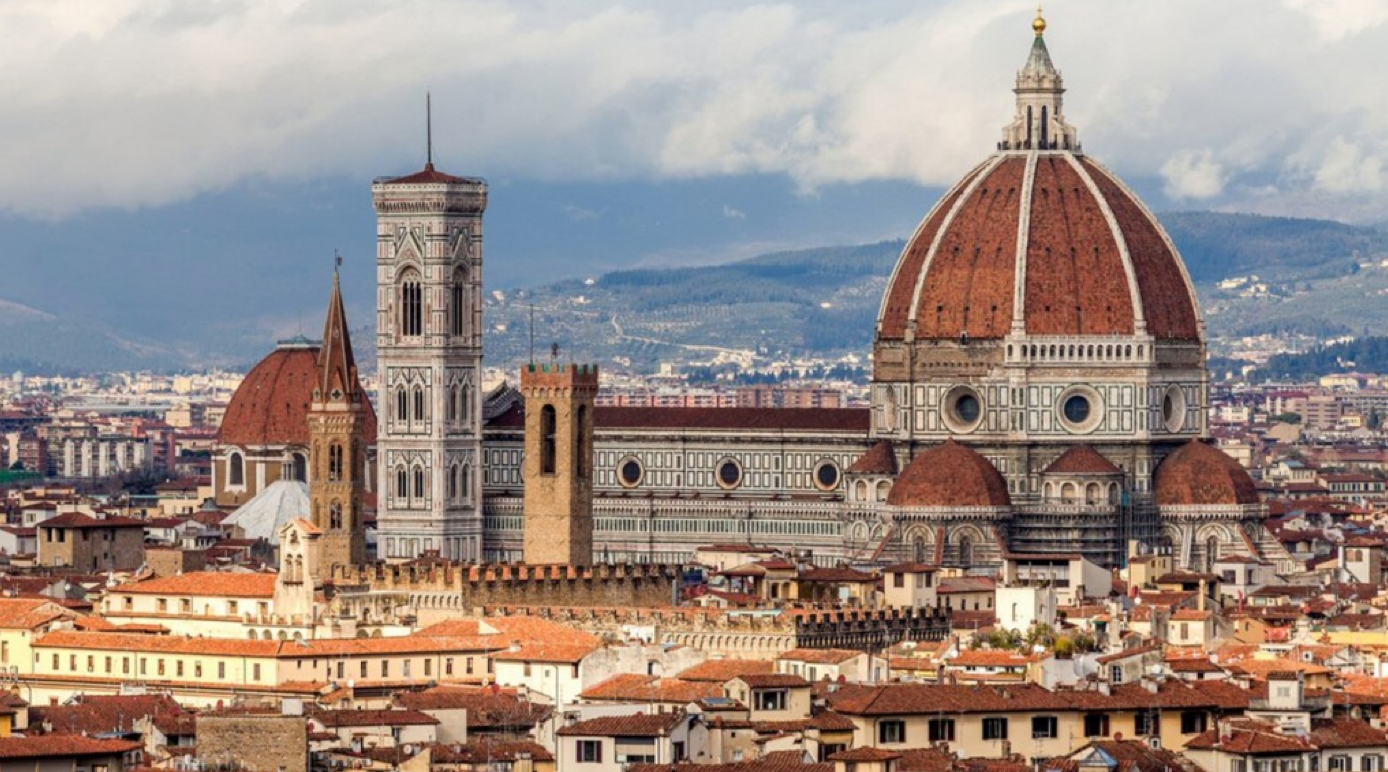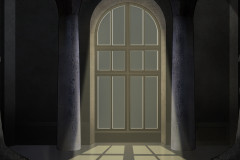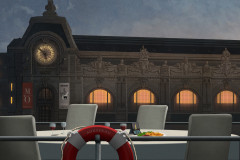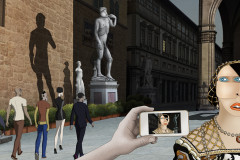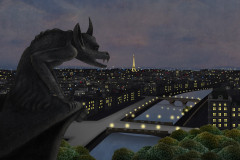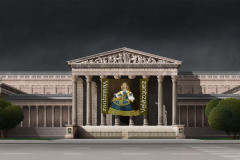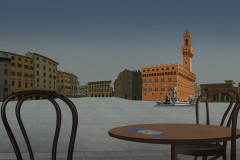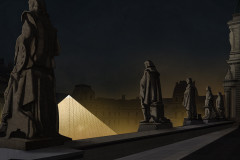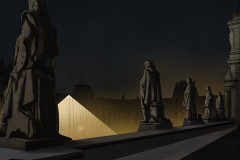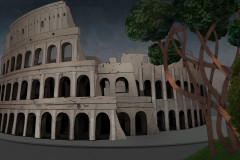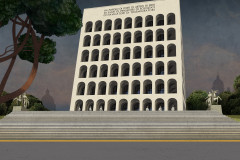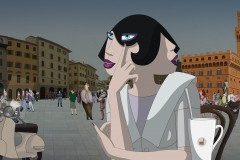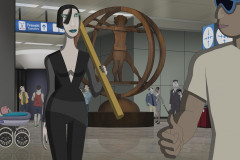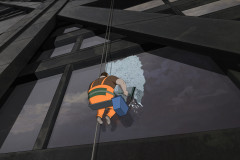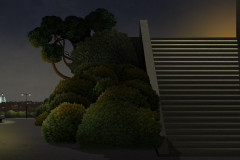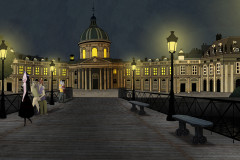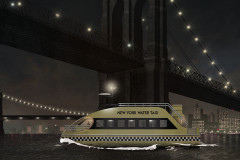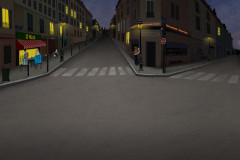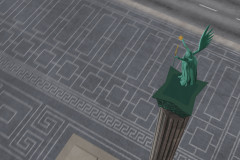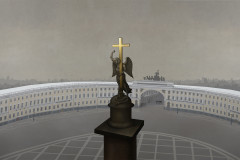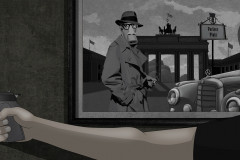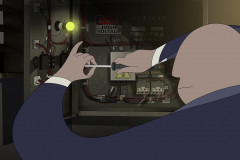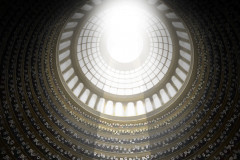Na ezt a kupolát mindenképp jegyezd meg! Filippo Brunelleschi a 15. század első felében tervezte az akkor még befejezetlen templomhoz. Addig még sehol nem építettek ekkora (45,5 méter) kupolát! Ráadásul a kettős héjú, halszálka falazással rakott boltozat az építés minden szakaszában önhordó volt, így kevesebb állványzatra volt szükség, gazdaságosabb volt az építkezés. Az óriási kövek magasba emeléséhez nem volt adott a technikai háttér, ezért Brunelleschi még egy ökrökkel hajtott mechanikai gépet is feltalált, hogy sikerüljön felhelyezni a kőtömböket.
Na de kezdjük az elején! Arnolfo di Cambio tervei alapján kezdtek bele a székesegyház építésébe a 13. század legvégén. Halála után Giotto vette át a munkálatokat, de ő elsősorban a Campanile megépítésére koncentrált. Merthogy Itáliában a templomtól külön építik a keresztelőkápolnát (battistero) és a harangtornyot (campanile). Szintén helyi, toszkán hagyomány az is, hogy a külsőt inkrusztációval díszítik. Fehér, zöld és néha vörös színű márványtáblák berakásával nagyon látványos, geometrikus mintákat alkotnak. Brunelleschi az 1420-as évektől jött képbe, hogy a négyezeti tér fölé kupolát tervezzen. Annyira jól sikerült neki, hogy innentől kezdve évszázadokig a firenzei dóm kupolája lesz a kiindulási alap. A kupola vörös cserepes borítása a firenzei lakóházak tetőzetét idézi, így szimbolizálja, hogy a dóm mindenkié.
Ruben Brandt és csapata a Piazzale Michelangelo-ról csodálja meg a dómot, az Uffizit és a környező épületeket. A panoráma olyan lenyűgöző, hogy még ők is megállnak egy pillanatra, és átadják magukat az élménynek.
Brunelleschi’s Dome
Be sure to remember this dome! Filippo Brunelleschi designed it in the first half of the 15th century for the then-unfinished cathedral—and at the time, nothing this large (45.5 meters in diameter) had ever been built. What’s more, the double-shell dome, constructed with a herringbone brick pattern, was self-supporting at every stage of construction. This meant less scaffolding was needed, making the entire building process more efficient. Lacking the technology to lift such massive stones to great heights, Brunelleschi even invented a new ox-powered hoisting machine to get the job done.
But let’s start at the beginning! The cathedral’s construction began in the late 13th century, based on plans by Arnolfo di Cambio. After his death, Giotto took over the work—but he mainly focused on building the Campanile (bell tower). In Italy, it's traditional to construct the baptistery (battistero) and bell tower (campanile) separately from the main church. Another regional, Tuscan custom is the decorative use of inlay on building exteriors. By combining white, green, and occasionally red marble slabs, striking geometric patterns were created.
Brunelleschi entered the picture in the 1420s, tasked with designing a dome to cover the cathedral's crossing. He did such a brilliant job that the dome of the Florence Cathedral became the reference point for church architecture for centuries to come. The dome’s red tile covering echoes the rooftops of Florentine homes, symbolizing that the cathedral belongs to all the people of the city.
In Ruben Brandt, Collector, the team pauses at Piazzale Michelangelo to admire the cathedral, the Uffizi, and the surrounding cityscape. The panorama is so breathtaking that even they stop for a moment, giving in to the awe of the view.






